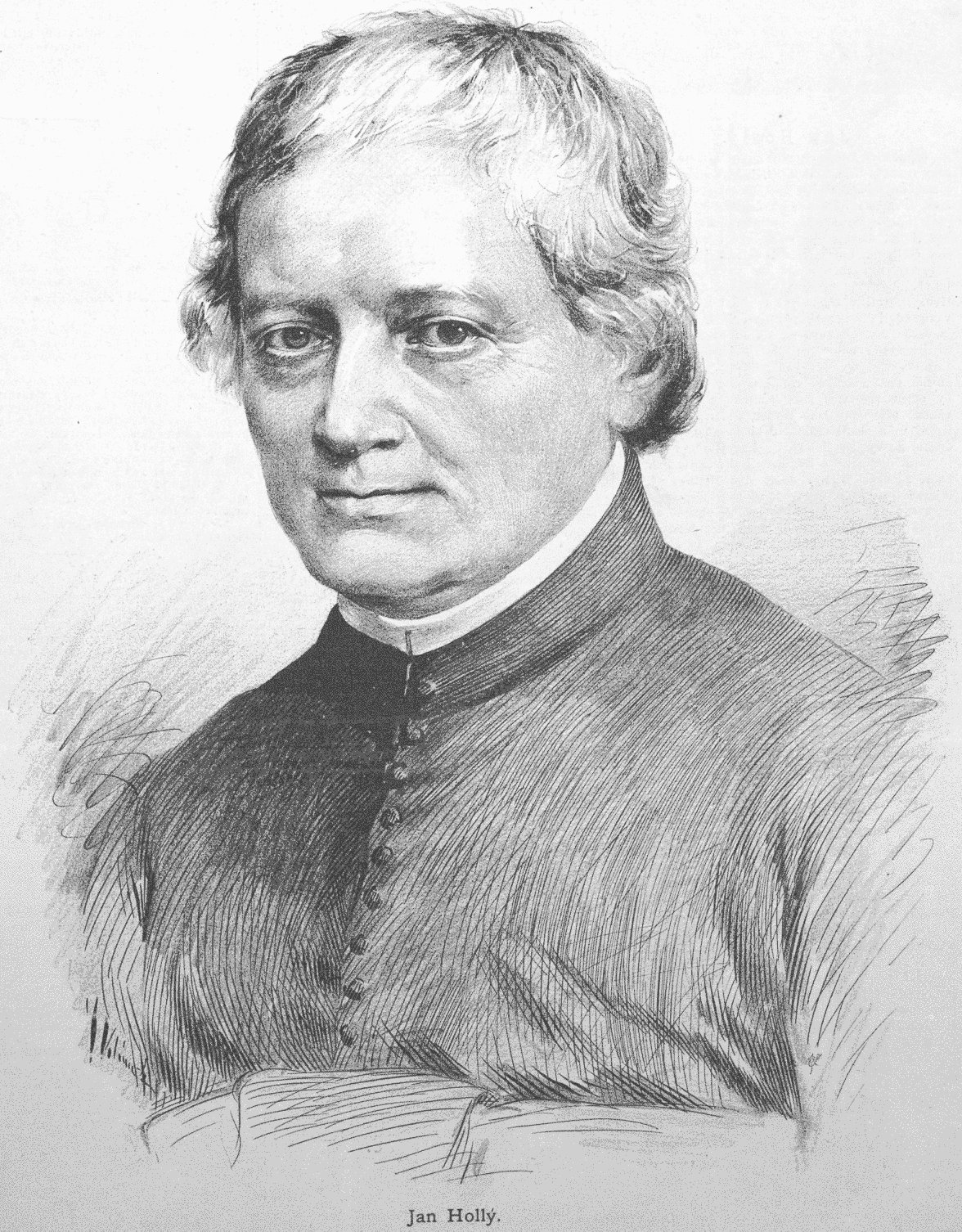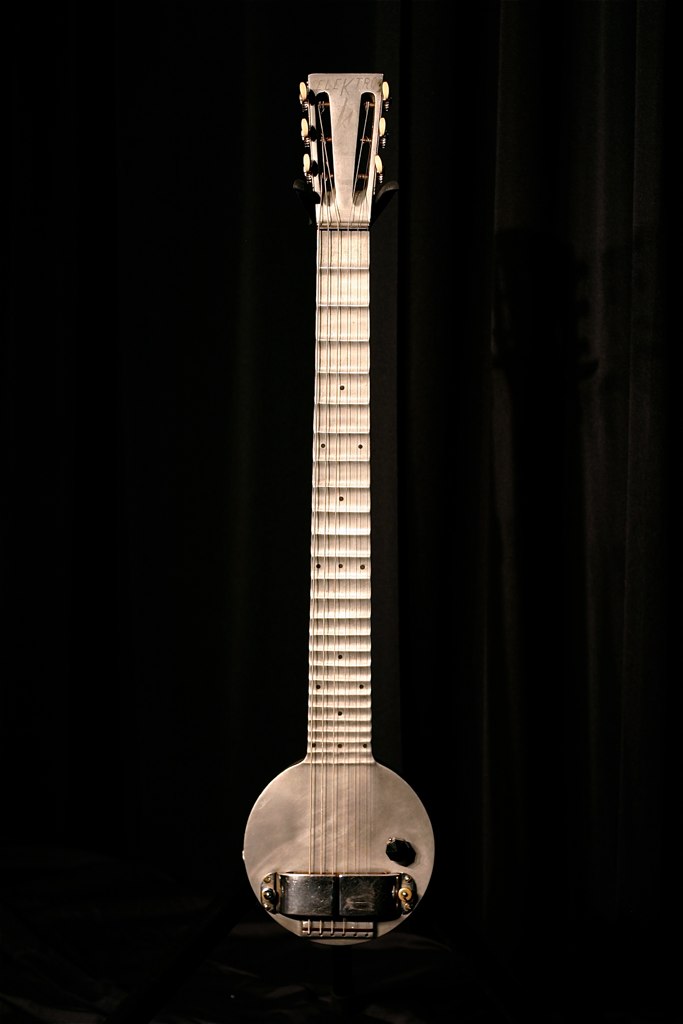|
Dopyera
John Dopyera ( Slovak: ''Ján Dopjera''; 1893–1988) was a Slovak- American inventor and entrepreneur, and a maker of stringed instruments. His inventions include the resonator guitar and important contributions in the early development of the electric guitar. Early life John Dopyera was one of 10 siblings born at the closing of the 19th century. His father, Jozef Dopyera, was a miller in Dolná Krupá, Slovakia, where they moved shortly after the birth of John. Gifted in music, Jozef played and constructed his own violins; the makers of which were popular around Slovakia for their craftsmanship. Under his father's guidance, John built his first fiddle still in his boyhood days in Dolná Krupá. In 1908, the Dopyeras emigrated from Slovakia to California, United States sensing a war would erupt in Europe. In the 1920s, Dopyera founded his own store in Los Angeles where he worked making and repairing fiddles, banjos, and other wooden string instruments. Around this time, Dopyer ... [...More Info...] [...Related Items...] OR: [Wikipedia] [Google] [Baidu] |
Dobro
Dobro is an American brand of resonator guitars, currently owned by Gibson and manufactured by its subsidiary Epiphone. The term "dobro" is also used as a generic term for any wood-bodied, single-cone resonator guitar. The Dobro was originally a guitar manufacturing company founded by the Dopyera brothers with the name "Dobro Manufacturing Company". Their guitar design, with a single outward-facing resonator cone, was introduced to compete with the patented inward-facing tricone and biscuit designs produced by the National String Instrument Corporation. The Dobro name appeared on other instruments, notably electric lap steel guitars and solid body electric guitars and on other resonator instruments such as Safari resonator mandolins. History The roots of the Dobro story can be traced to the 1920s when Slovak immigrant and instrument repairman/inventor John Dopyera and musician George Beauchamp were searching for more volume for his guitars. Dopyera built an ampliphonic ... [...More Info...] [...Related Items...] OR: [Wikipedia] [Google] [Baidu] |
National String Instrument Corporation
The National String Instrument Corporation was an American guitar company first formed to manufacture banjos and then the original resonator guitars. National also produced resonator ukuleles and resonator mandolins. The company merged with Dobro to form the "National Dobro Company", then becoming a brand of Valco until it closed in 1968. History Early years The second company was formed by George Beauchamp, a vaudeville steel guitar player and house painter, and inventor John Dopyera, a violinist and luthier). Dopyera had seen an amplified Stroh stick violin nearby with a small flat diaphragm and long attached horn. He used that initial idea, but with a large spun conical inverted speaker to create his patented multiple resonator designs. Dopyera was assisted with his nephews Paul and Carl Barth spinning the first aluminum diaphragms on wooden bucks. They first experimented with their novel ampli-phonic design in a large walnut console instrument. Soon afterwards the ... [...More Info...] [...Related Items...] OR: [Wikipedia] [Google] [Baidu] |
Resonator Guitar
A resonator guitar or resophonic guitar is an acoustic guitar that produces sound by conducting string vibrations through the bridge to one or more spun metal cones (resonators), instead of to the guitar's sounding board (top). Resonator guitars were originally designed to be louder than regular acoustic guitars, which were overwhelmed by horns and percussion instruments in dance orchestras. They became prized for their distinctive tone, however, and found life with bluegrass music and the blues well after electric amplification solved the problem of inadequate volume. Resonator guitars are of two styles: * Square-necked guitars played in lap steel guitar style * Round-necked guitars played in conventional guitar style or steel guitar style There are three main resonator designs: * The ''tricone'', with three metal cones, designed by the first National company * The single-cone "biscuit" design of other National instruments * The single inverted-cone design (also known a ... [...More Info...] [...Related Items...] OR: [Wikipedia] [Google] [Baidu] |
Valco
Valco was a US manufacturer of guitar amplifiers from the 1940s through 1968. Apart from its original products, Valco also commercialised electric and acoustic guitars and basses through its subsidiary companies. History Valco was formed in 1940 by three business partners and former owners of the National Dobro Company; Victor Smith, Al Frost, and Louis Dopyera. The company name was a combination of the three partner's first initials (V.A.L.) plus the common abbreviation for company (Co.) Valco manufactured and sold electric (since the 1950s), resonator, lap steel and classical guitars and vacuum tube amplifiers under a variety of brand names including Supro, Airline, National and Oahu. They also made amplifiers under contract for several other companies such as Gretsch, Harmony, and Kay. Valco merged with Kay Musical Instrument Company in 1967; however financial difficulties forced the merged company to fold the following year. Replicas and revivals Since Va ... [...More Info...] [...Related Items...] OR: [Wikipedia] [Google] [Baidu] |
Dolná Krupá
Dolná Krupá (german: Unterkrupa; hu, Alsókorompa) is a village and municipality of Trnava District in the Trnava region of Slovakia. It is located in the Danubian Hills at around 12 km from the city of Trnava. The important sights in the village are: * the Saint Andrew church, built in 1807-1811 * the Dolná Krupá mansion. The Dolná Krupá mansion was one of the residences of the Chotek family. It was the place of the Dolná Krupá rosarium created by countess Marie Henrieta Chotek. Famous people * John Dopyera, inventor of Dobro Genealogical resources The records for genealogical research are available at the state archive "Statny Archiv in Bratislava, Slovakia" * Roman Catholic church records (births/marriages/deaths): 1689-1895 (parish A) * Lutheran church records (births/marriages/deaths): 1666-1895 (parish B) See also * List of municipalities and towns in Slovakia This is an alphabetical list of the 2,891 Obec, obcí (singular ''obec'', "municipality") in ... [...More Info...] [...Related Items...] OR: [Wikipedia] [Google] [Baidu] |
Slovaks
The Slovaks ( sk, Slováci, singular: ''Slovák'', feminine: ''Slovenka'', plural: ''Slovenky'') are a West Slavic ethnic group and nation native to Slovakia who share a common ancestry, culture, history and speak Slovak. In Slovakia, 4.4 million are ethnic Slovaks of 5.4 million total population. There are Slovak minorities in many neighboring countries including Austria, Croatia, Czech Republic, Hungary, Poland, Romania, Serbia and Ukraine and sizeable populations of immigrants and their descendants in Australia, Canada, France, Germany, United Kingdom and the United States among others, which are collectively referred to as the Slovak diaspora. Name The name ''Slovak'' is derived from ''*Slověninъ'', plural ''*Slověně'', the old name of the Slavs ( Proglas, around 863). The original stem has been preserved in all Slovak words except the masculine noun; the feminine noun is ''Slovenka'', the adjective is ''slovenský'', the language is ''slovenčina'' and ... [...More Info...] [...Related Items...] OR: [Wikipedia] [Google] [Baidu] |
Vaudeville
Vaudeville (; ) is a theatrical genre of variety entertainment born in France at the end of the 19th century. A vaudeville was originally a comedy without psychological or moral intentions, based on a comical situation: a dramatic composition or light poetry, interspersed with songs or ballets. It became popular in the United States and Canada from the early 1880s until the early 1930s, but the idea of vaudeville's theatre changed radically from its French antecedent. In some ways analogous to music hall from Victorian Britain, a typical North American vaudeville performance was made up of a series of separate, unrelated acts grouped together on a common bill. Types of acts have included popular and classical musicians, singers, dancers, comedians, trained animals, magicians, ventriloquists, strongmen, female and male impersonators, acrobats, clowns, illustrated songs, jugglers, one-act plays or scenes from plays, athletes, lecturing celebrities, minstrels, a ... [...More Info...] [...Related Items...] OR: [Wikipedia] [Google] [Baidu] |
George Beauchamp
George Delmetia Beauchamp (; March 18, 1899 – March 30, 1941) was an American inventor of musical instruments. He is known for designing the first electrically amplified stringed instrument to be marketed commercially. He was also a founder of National Stringed Instrument Corporation and Rickenbacker (originally Rickenbacher) guitars. Biography He was born in Coleman County, Texas on March 18, 1899. Beauchamp performed in vaudeville, playing the violin and the lap steel guitar, before he settled in Los Angeles, California. During the 1920s, he experimented with the creation of electric lap steel guitars, electric guitars, electric bass guitars, electric violins, and instrument amplifiers. In 1931, he joined with Paul Barth and Adolph Rickenbacker to form the Ro-Pat-In Corporation to produce and sell electrified string instruments. The most notable of these, the Rickenbacher A-22 (and A-25) lapsteel guitar – known as the "frying pan" – is widely re ... [...More Info...] [...Related Items...] OR: [Wikipedia] [Google] [Baidu] |
World War I
World War I (28 July 1914 11 November 1918), often abbreviated as WWI, was List of wars and anthropogenic disasters by death toll, one of the deadliest global conflicts in history. Belligerents included much of Europe, the Russian Empire, the United States, and the Ottoman Empire, with fighting occurring throughout Europe, the Middle East, Africa, the Pacific Ocean, Pacific, and parts of Asia. An estimated 9 million soldiers were killed in combat, plus another 23 million wounded, while 5 million civilians died as a result of military action, hunger, and disease. Millions more died in Genocides in history (World War I through World War II), genocides within the Ottoman Empire and in the Spanish flu, 1918 influenza pandemic, which was exacerbated by the movement of combatants during the war. Prior to 1914, the European great powers were divided between the Triple Entente (comprising French Third Republic, France, Russia, and British Empire, Britain) and the Triple A ... [...More Info...] [...Related Items...] OR: [Wikipedia] [Google] [Baidu] |
Bob Dylan
Bob Dylan (legally Robert Dylan, born Robert Allen Zimmerman, May 24, 1941) is an American singer-songwriter. Often regarded as one of the greatest songwriters of all time, Dylan has been a major figure in popular culture during a career spanning more than 60 years. Much of his most celebrated work dates from the 1960s, when songs such as " Blowin' in the Wind" (1963) and " The Times They Are a-Changin' (1964) became anthems for the civil rights and antiwar movements. His lyrics during this period incorporated a range of political, social, philosophical, and literary influences, defying pop music conventions and appealing to the burgeoning counterculture. Following his self-titled debut album in 1962, which comprised mainly traditional folk songs, Dylan made his breakthrough as a songwriter with the release of '' The Freewheelin' Bob Dylan'' the following year. The album features "Blowin' in the Wind" and the thematically complex " A Hard Rain's a-Gonna Fall". Many of hi ... [...More Info...] [...Related Items...] OR: [Wikipedia] [Google] [Baidu] |



.jpg)



